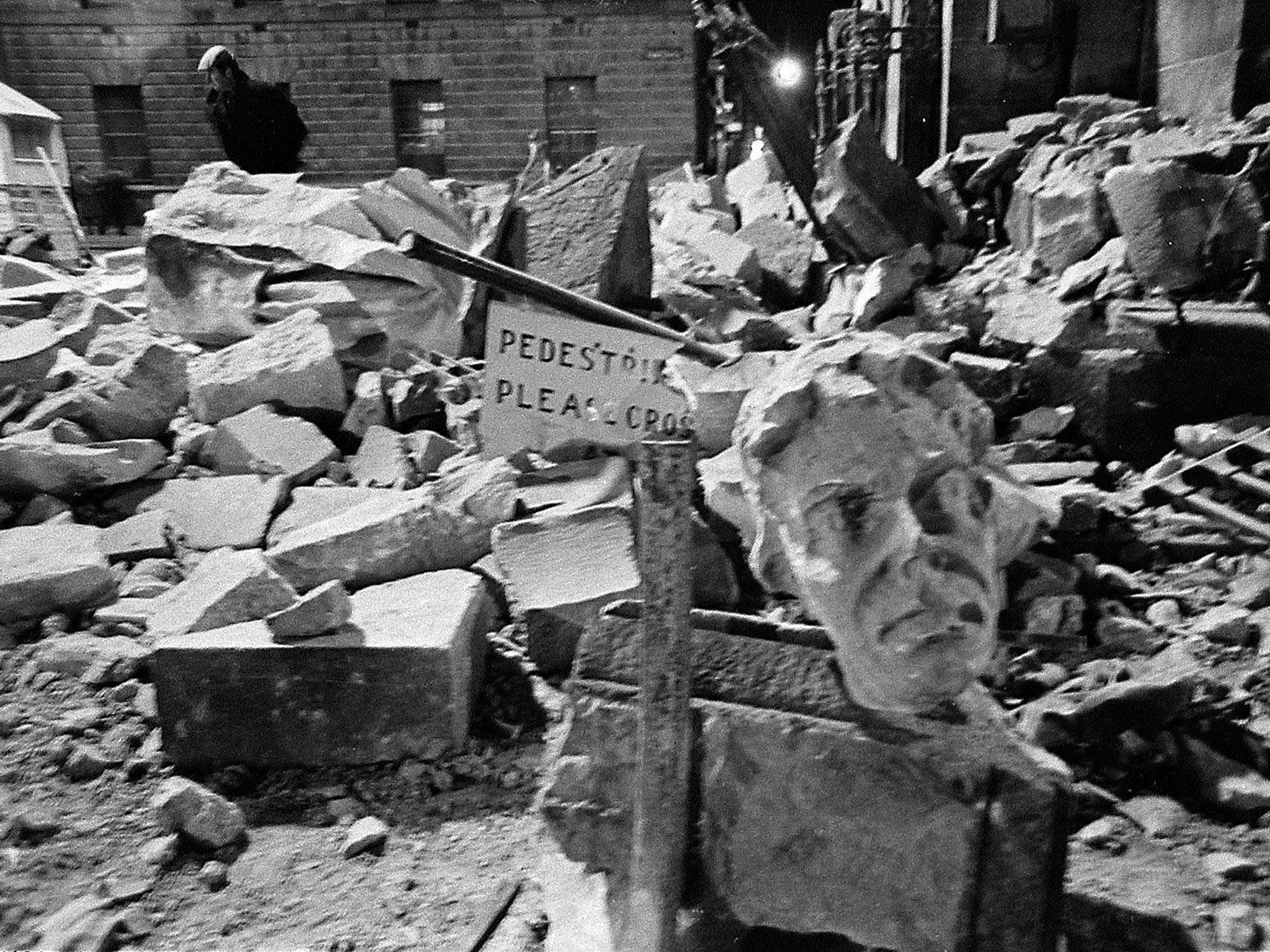The head of Nelson's Pillar: Rhodri Marsden's Interesting Objects No.103
Slightly shorter than the Trafalgar Square version, but no less imposing, the Dublin column stood in the middle of O'Connell Street and drew its fair share of controversy

Your support helps us to tell the story
From reproductive rights to climate change to Big Tech, The Independent is on the ground when the story is developing. Whether it's investigating the financials of Elon Musk's pro-Trump PAC or producing our latest documentary, 'The A Word', which shines a light on the American women fighting for reproductive rights, we know how important it is to parse out the facts from the messaging.
At such a critical moment in US history, we need reporters on the ground. Your donation allows us to keep sending journalists to speak to both sides of the story.
The Independent is trusted by Americans across the entire political spectrum. And unlike many other quality news outlets, we choose not to lock Americans out of our reporting and analysis with paywalls. We believe quality journalism should be available to everyone, paid for by those who can afford it.
Your support makes all the difference.The most famous monument to Admiral Horatio Nelson is the 169ft column erected in London's Trafalgar Square in 1840, but Dublin had its own column (Nelson's Pillar) more than 30 years earlier. Slightly shorter but no less imposing, it stood in the middle of O'Connell Street and drew its fair share of controversy, particularly after the 1916 Easter Rising. In 1938 a failed attempt was made by Irish nationalists to blow it up; in 1966, 50 years ago this week, another attempt succeeded.
"Operation Humpty Dumpty" left Nelson's Pillar some 50ft shorter, and two days later, what was left of the monument was demolished, with Nelson himself placed in a Dublin Corporation lockup on Clanbrassil Street. But he didn't stay there for long.
Suffused with the spirit of rag week, a group of students at the National College of Art and Design liberated Nelson's head and, after sending a few pounds to the Dublin Corporation to pay for the damage they'd caused, set about using it to pay off Student Union debts.
Over the next six months, the head went on an unusual journey. It was photographed on Killiney beach as part of a fashion shoot for the Evening Press, appeared on stage with the Dubliners, and eventually ended up in London, where the antiques dealer Benny Gray paid the students £200 a month to display it in his shop window. It finally returned to Dublin that September, when Gray arrived on O'Connell Street with the head.
After asking the crowd if anyone could accept it on behalf of the Corporation, an official eventually came forward. "After all the moaning," Gray told the press, "no one seemed to want it when we brought it back." Today, the head sits quietly in the Dublin City Library.
Join our commenting forum
Join thought-provoking conversations, follow other Independent readers and see their replies
Comments